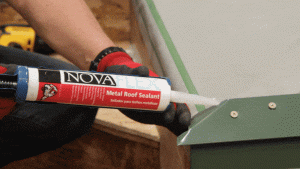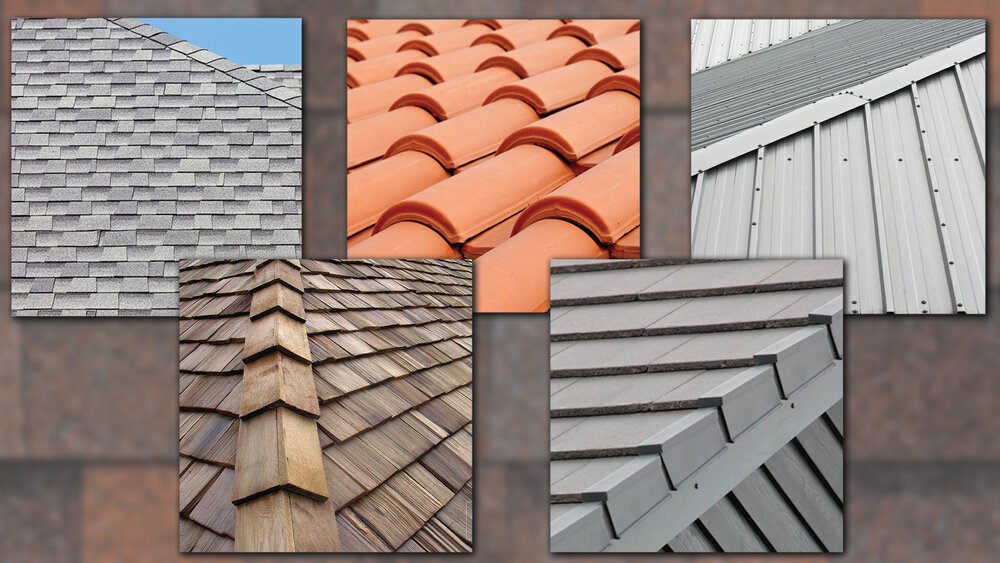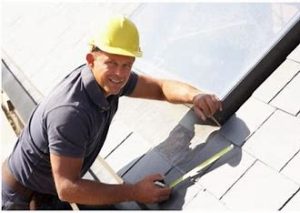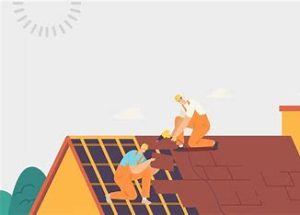When it comes to home construction, there is no ‘one-size-fits-all.’ This is especially true for roofing. What works for a sunny, mild climate may not hold up in a region plagued by heavy snowfall or searing heat. If you live in a harsh climate, choosing the right roofing material and employing best practices is essential. Here’s a guide on how to weatherproof your roof based on different climatic challenges.
 1. High Heat and Sun Exposure
1. High Heat and Sun Exposure
- Best Materials:
- Metal Roofing: Reflects solar radiant heat, reducing cooling costs.
- Slate or Clay Tiles: Natural materials that are durable and can withstand high temperatures.
- Best Practices:
- Use reflective or light-colored roofing materials to reflect sunlight.
- Consider installing a radiant barrier in the attic to further reduce heat gain.
2. Heavy Snowfall and Cold Temperatures
- Best Materials:
- Metal Roofing: Snow easily slides off, preventing ice dams.
- Asphalt Shingles: Flexible and can withstand weight, but ensure they are of a high-quality build for colder climates.
- Best Practices:
- Ensure proper attic insulation to prevent heat loss.
- Steeper roof pitches help in shedding snow and preventing accumulation.
3. High Winds and Coastal Climates
- Best Materials:
- Metal Roofing: Excellent wind resistance and doesn’t corrode easily.
- Slate: Heavy and durable, less likely to get lifted by winds.
- Best Practices:
- Secure roofing materials with high-wind resistant fasteners.
- Opt for materials tested for wind and impact resistance.
4. Rainy and Humid Climates
- Best Materials:
- Metal Roofing: Won’t rot or get damaged by moisture.
- Cedar Shingles: Naturally water-resistant and can breathe, preventing moisture build-up.
- Best Practices:
- Ensure a robust gutter system for effective water drainage.
- Regularly check for moss, mold, or mildew growth and clean as necessary.
5. Areas Prone to Wildfires
- Best Materials:
- Metal, Slate, or Tile Roofing: These are fire-resistant materials that can prevent the spread of flames.
- Class A Fire-rated Shingles: Offered by various manufacturers, these are designed to withstand fire.
- Best Practices:
- Maintain a clean and debris-free roof.
- Consider installing a fire-resistant underlayment for added protection.
Conclusion
No matter where you live, the right roofing choices can significantly enhance the durability and performance of your home. While the initial investment might be higher for some of the premium materials, the long-term benefits of reduced maintenance, energy savings, and peace of mind often outweigh the costs. Always consult with a local roofing expert who understands the unique challenges of your region and can guide you in making the best decisions for your home’s roofing needs.






